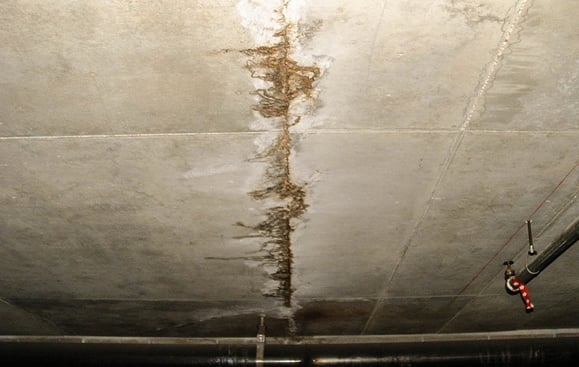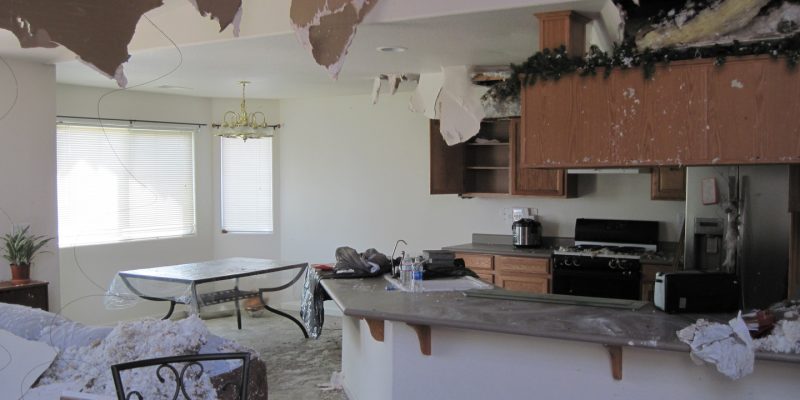Do's & Don'ts of Water Restoration.
Do's & Don'ts of Water Restoration.
Blog Article
How do you really feel in regards to What You Can Do At Home To Prevent Fire And Water Damage?

Water gives life, water invasion on components where it's not meant to be can result in damages. Homes with water damage scent moldy and also old.
Water can originate from many sources such as tropical cyclones, floodings, ruptured pipes, leakages, and sewage system concerns. In case you experience water damages, it would certainly be excellent to understand some safety preventative measures. Right here are a few standards on how to manage water damage.
Do Prioritize Home Insurance Coverage
Water damages from flood as a result of heavy winds is seasonal. Nonetheless, you can likewise experience a sudden flooding when a defective pipeline unexpectedly ruptures into your house. It would be best to have residence insurance coverage that covers both disasters such as natural calamities, as well as emergency situations like damaged plumbing.
Do Not Forget to Shut Off Energies
In the event of a catastrophe, specifically if you live in a flood-prone location, it would certainly be advisable to shut off the major electrical circuit. This removes power to your entire home, protecting against electric shocks when water can be found in as it is a conductor. In addition, don't fail to remember to turn off the main water line valve. When floodwaters are high, furnishings will certainly walk around and trigger damage. Having the major shutoff shut off prevents more damages.
Do Remain Proactive as well as Heed Weather Condition Informs
Pay attention to emptying warnings if you live near a river, lake, or creek . Doing so decreases potential residential or commercial property damages.
Do Not Overlook the Roof
Before the weather condition turns frightful, make sure you have a roofing inspection. It would certainly be prudent to get this solution yearly as it can minimize intricate issues. If there are no holes and leaks in your roofing system, you can stay clear of rain damages. Your roofing professional will likewise take care of malfunctioning gutters or any other indications of weakening. This will certainly prevent water from streaming down your wall surfaces as well as saturating your ceiling.
Do Take Note Of Little Leakages
A ruptured pipe doesn't occur over night. You may discover bubbling paint, peeling off wallpaper, water touches, water spots, or dripping sounds behind the walls. Have your plumbing repaired before it results in large damages.
Do Not Panic in Case of a Burst Pipe
Maintaining your presence of mind is important in a time of situation. Panicking will just compound the problem due to the fact that it will certainly stifle you from acting quick. Timing is essential when it comes to water damages. The longer you wait, the even more damages you can expect. Hence, if a pipeline bursts in your residence, promptly shut down your primary water valve to remove the resource. Then unplug all electric outlets in the location or turn off the breaker for that part of your home. Call a reputable water damages remediation professional for help.
Water gives life, water invasion on components where it's not expected to be can result in damages. Homes with water damage scent old and mildewy.
Water damages from flooding charges to heavy winds is seasonal. You may observe bubbling paint, peeling wallpaper, water streaks, water spots, or leaking audios behind the wall surfaces. When it comes to water damage, timing is essential.
Water Damage Do's and Don'ts
Do's
Always use rubber gloves to protect your hands & rubber boots to protect your feet and legs. Damage from water and bacteria growth can begin within hours. Call for professional help. Remove as much water as possible by mopping and blotting with sponges. Pull up wet rugs and carpets if hardwood floors are below. Lift draperies off the floor, loop through a coat hanger and place the hanger on the drapery rod. Wipe furniture, prop up wet furniture cushions for even drying and place aluminum foil under furniture legs. Move photos, paintings, art objects, computers, other electronics and valuables to a safe, dry location. Do not remove books from shelves. Pack them tightly to prevent page warping until a restoration professional can begin this specialized drying. Ventilate wet areas. Turn on air conditioning for faster drying in summer (only if there is no visible mold) and winter, alternate cycles of opened windows and heating. Also, open drawers, closets and cabinet doors to enhance drying. Don'ts
Do not enter rooms where there is wet and sagging ceiling! Do not enter a room with standing water until electricity has been turned off. Do not use a regular household vacuum to remove water. Use heat to dry closed building interiors. Mildew and more moisture damage can occur. Do not use electrical appliances while on wet carpet or flooring. Do not disturb visible mold. https://www.myknowledgebroker.com/blog/personal-insurance/water-damage-dos-and-donts/

As a keen person who reads about Fire And Water Damage Prevention, I was thinking sharing that piece of content was smart. Enjoyed reading our write-up? Please share it. Let other people discover it. Thanks a lot for going through it.
Report this page